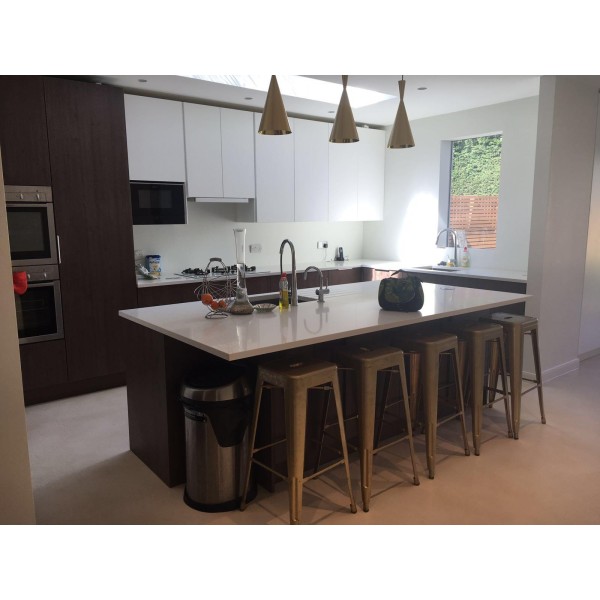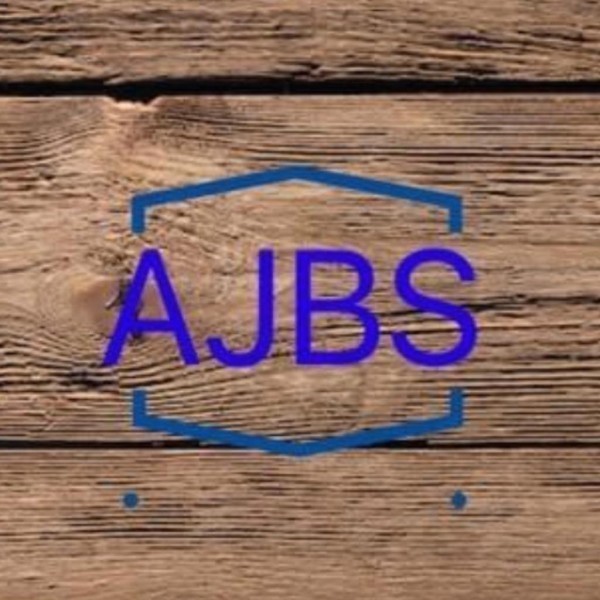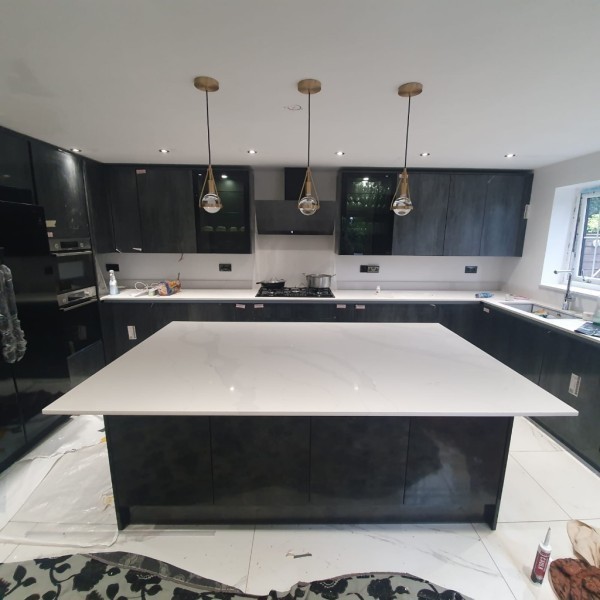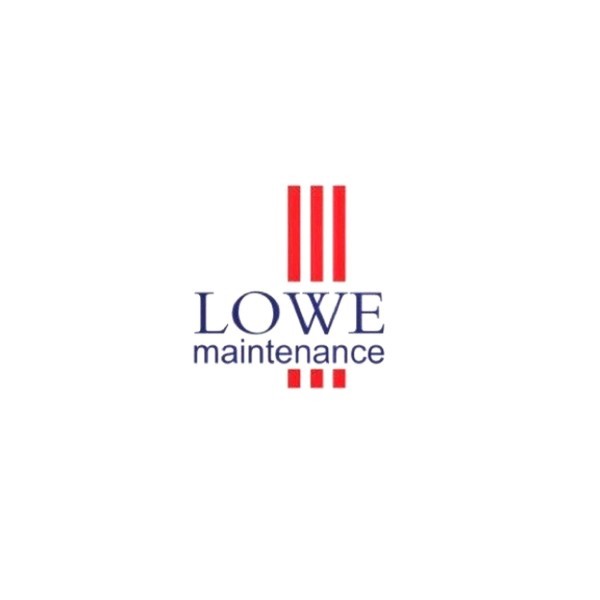Property Refurbishment in Oldham
Filter your search
Post your job FREE and let trades come to you
Save time by filling out our simple job post form today and your job will be sent to trades in your area so you can sit back, relax and wait for available trades to contact you.
Post your job FREESearch Property Refurbishment in places nearby
- Property Refurbishment in Abram
- Property Refurbishment in Altrincham
- Property Refurbishment in Ashton-in-Makerfield
- Property Refurbishment in Ashton-Under-Lyne
- Property Refurbishment in Atherton
- Property Refurbishment in Bolton
- Property Refurbishment in Bramhall
- Property Refurbishment in Buckley
- Property Refurbishment in Bury
- Property Refurbishment in Chadderton
- Property Refurbishment in Cheadle
- Property Refurbishment in Cheadle Hulme
- Property Refurbishment in Denton
- Property Refurbishment in Droylsden
- Property Refurbishment in Dukinfield
- Property Refurbishment in Eccles
- Property Refurbishment in Failsworth
- Property Refurbishment in Farnworth
- Property Refurbishment in Gatley
- Property Refurbishment in Golborne
- Property Refurbishment in Hale
- Property Refurbishment in Hazel Grove
- Property Refurbishment in Heywood
- Property Refurbishment in Hindley
- Property Refurbishment in Horwich
- Property Refurbishment in Hyde
- Property Refurbishment in Ince in Makerfield
- Property Refurbishment in Irlam
- Property Refurbishment in Kearsley
- Property Refurbishment in Leigh
- Property Refurbishment in Littleborough
- Property Refurbishment in Little Lever
- Property Refurbishment in Manchester
- Property Refurbishment in Marple
- Property Refurbishment in Middleton
- Property Refurbishment in Milnrow
- Property Refurbishment in Mossley
- Property Refurbishment in Pendlebury
- Property Refurbishment in Prestwich
- Property Refurbishment in Radcliffe
- Property Refurbishment in Ramsbottom
- Property Refurbishment in Rochdale
- Property Refurbishment in Romiley
- Property Refurbishment in Royton
- Property Refurbishment in Sale
- Property Refurbishment in Salford
- Property Refurbishment in Shaw
- Property Refurbishment in Stalybridge
- Property Refurbishment in Standish
- Property Refurbishment in Stockport
- Property Refurbishment in Stretford
- Property Refurbishment in Swinton
- Property Refurbishment in Tyldesley
- Property Refurbishment in Urmston
- Property Refurbishment in Walkden
- Property Refurbishment in Westhoughton
- Property Refurbishment in Whitefield
- Property Refurbishment in Wigan
- Property Refurbishment in Worsley
Introduction to Property Refurbishment in Oldham
Property refurbishment in Oldham is a thriving industry, offering a wealth of opportunities for homeowners and investors alike. Nestled in Greater Manchester, Oldham boasts a rich history and a diverse architectural landscape. From charming Victorian terraces to modern apartments, the town presents a unique canvas for refurbishment projects. Whether you're looking to enhance the value of your property or simply breathe new life into an old space, understanding the ins and outs of property refurbishment in Oldham is essential.
The Historical Charm of Oldham Properties
Oldham's architectural heritage is a testament to its industrial past. The town is dotted with historic buildings, many of which date back to the 19th century. These properties often feature distinctive characteristics such as high ceilings, large windows, and intricate brickwork. Refurbishing such properties not only preserves their historical charm but also enhances their market value. However, working with older structures requires a delicate balance of maintaining original features while integrating modern amenities.
Victorian and Edwardian Homes
Victorian and Edwardian homes are prevalent in Oldham, each with its own unique style and features. Victorian homes are known for their ornate detailing and robust construction, while Edwardian homes often offer more space and light. Refurbishing these homes can involve restoring original features like fireplaces and cornices, as well as updating plumbing and electrical systems to meet current standards.
Modernising Mid-Century Properties
Mid-century properties in Oldham offer a different set of challenges and opportunities. These homes often have solid structures but may lack the aesthetic appeal of older properties. Refurbishment projects can focus on enhancing the interior layout, improving energy efficiency, and updating outdated fixtures and fittings. The goal is to create a harmonious blend of mid-century charm and contemporary comfort.
Planning Your Refurbishment Project
Embarking on a property refurbishment project in Oldham requires careful planning and consideration. From setting a budget to obtaining necessary permits, each step is crucial to the success of your project. Proper planning ensures that the refurbishment process runs smoothly and efficiently, minimising disruptions and unexpected costs.
Setting a Realistic Budget
One of the first steps in planning a refurbishment project is setting a realistic budget. This involves assessing the scope of the work, obtaining quotes from contractors, and factoring in potential contingencies. It's important to strike a balance between quality and cost, ensuring that you get the best value for your investment.
Obtaining Necessary Permits
Depending on the nature of your refurbishment project, you may need to obtain various permits from the local council. This is particularly important for listed buildings or properties within conservation areas. Working with a knowledgeable contractor can help navigate the permitting process, ensuring compliance with local regulations.
Choosing the Right Contractor
Choosing the right contractor is a critical decision in any refurbishment project. Look for contractors with experience in similar projects and a proven track record of delivering quality work. It's also beneficial to seek recommendations from friends or family and to check online reviews. A good contractor will work closely with you to bring your vision to life, while also providing valuable insights and suggestions.
Key Considerations for Refurbishment
When refurbishing a property in Oldham, several key considerations can influence the outcome of your project. These include the property's structural integrity, energy efficiency, and aesthetic appeal. Addressing these factors can enhance the functionality and value of your property, making it more attractive to potential buyers or tenants.
Assessing Structural Integrity
Before commencing any refurbishment work, it's essential to assess the structural integrity of the property. This involves inspecting the foundation, roof, walls, and other critical components for signs of damage or wear. Addressing structural issues early on can prevent costly repairs down the line and ensure the safety and longevity of your property.
Improving Energy Efficiency
Improving energy efficiency is a key consideration in modern refurbishment projects. This can involve upgrading insulation, installing energy-efficient windows, and replacing outdated heating systems. Not only does this reduce energy costs, but it also enhances the property's environmental credentials, making it more appealing to eco-conscious buyers.
Enhancing Aesthetic Appeal
The aesthetic appeal of a property plays a significant role in its marketability. Refurbishment projects can focus on enhancing the property's curb appeal, updating interior design, and incorporating modern finishes. Whether you're aiming for a contemporary look or a more traditional style, the right design choices can transform your property into a stunning and inviting space.
Financing Your Refurbishment Project
Financing a refurbishment project can be a daunting task, but there are several options available to help you manage the costs. From personal savings to specialised refurbishment loans, understanding your financing options is crucial to the success of your project.
Using Personal Savings
Using personal savings is a common way to finance a refurbishment project. This option allows you to avoid interest payments and maintain full control over your budget. However, it's important to ensure that you have enough savings to cover unexpected expenses that may arise during the project.
Exploring Loan Options
For those who don't have sufficient savings, exploring loan options can provide the necessary funds for a refurbishment project. Many banks and financial institutions offer loans specifically designed for property refurbishment. These loans often come with competitive interest rates and flexible repayment terms, making them an attractive option for many homeowners.
Government Grants and Incentives
In some cases, government grants and incentives may be available to support refurbishment projects, particularly those that focus on improving energy efficiency. These programmes can provide financial assistance or tax benefits, reducing the overall cost of your project. It's worth researching available grants and incentives to see if your project qualifies.
Common Challenges in Property Refurbishment
While property refurbishment in Oldham offers numerous benefits, it also comes with its fair share of challenges. From unexpected structural issues to budget overruns, being prepared for potential obstacles can help you navigate the refurbishment process more smoothly.
Dealing with Unexpected Issues
Unexpected issues are a common challenge in refurbishment projects. These can range from discovering hidden structural damage to encountering supply chain delays. Having a contingency plan and budget in place can help you address these issues without derailing your project.
Managing Budget Overruns
Budget overruns are another common challenge in refurbishment projects. To avoid this, it's important to have a detailed budget and to monitor expenses closely throughout the project. Regular communication with your contractor can also help identify potential cost-saving measures and keep your project on track.
Ensuring Quality Workmanship
Ensuring quality workmanship is crucial to the success of your refurbishment project. This involves selecting reputable contractors, using high-quality materials, and conducting regular inspections throughout the project. Quality workmanship not only enhances the value of your property but also ensures its longevity and durability.
Maximising the Value of Your Refurbished Property
Once your refurbishment project is complete, there are several strategies you can employ to maximise the value of your property. From effective marketing to strategic pricing, these strategies can help you achieve the best possible return on your investment.
Effective Marketing Strategies
Effective marketing is key to attracting potential buyers or tenants to your refurbished property. This can involve professional photography, virtual tours, and targeted advertising campaigns. Highlighting the unique features and benefits of your property can help it stand out in a competitive market.
Strategic Pricing
Setting the right price is crucial to maximising the value of your refurbished property. This involves researching comparable properties in the area and considering factors such as location, size, and condition. Working with a knowledgeable estate agent can provide valuable insights and help you set a competitive price.
Leveraging Local Market Trends
Understanding local market trends can also help you maximise the value of your property. This involves keeping an eye on factors such as supply and demand, interest rates, and economic conditions. By staying informed and adapting your strategy accordingly, you can position your property for success in the market.
Frequently Asked Questions
What is the average cost of property refurbishment in Oldham?
The cost of property refurbishment in Oldham can vary widely depending on the scope of the project, the size of the property, and the materials used. On average, refurbishment projects can range from £10,000 to £50,000 or more.
How long does a typical refurbishment project take?
The duration of a refurbishment project can vary depending on the complexity of the work involved. Simple projects may take a few weeks, while more extensive refurbishments can take several months to complete.
Do I need planning permission for a refurbishment project?
Planning permission may be required for certain refurbishment projects, particularly those involving structural changes or properties within conservation areas. It's important to check with the local council to determine if your project requires planning permission.
Can I live in my property during refurbishment?
Whether you can live in your property during refurbishment depends on the extent of the work being carried out. For minor renovations, it may be possible to remain in the property, but for more extensive projects, it may be necessary to find temporary accommodation.
How can I ensure the quality of workmanship in my refurbishment project?
Ensuring quality workmanship involves selecting reputable contractors, using high-quality materials, and conducting regular inspections throughout the project. Clear communication with your contractor is also essential to achieving the desired results.
What are the benefits of improving energy efficiency during refurbishment?
Improving energy efficiency during refurbishment can reduce energy costs, enhance the property's environmental credentials, and increase its market value. Energy-efficient upgrades can also make the property more comfortable and appealing to potential buyers or tenants.




































